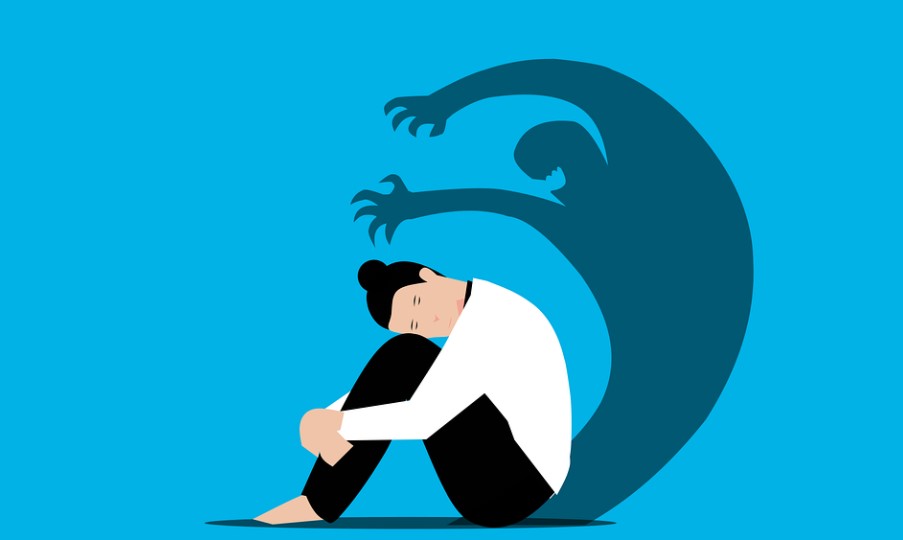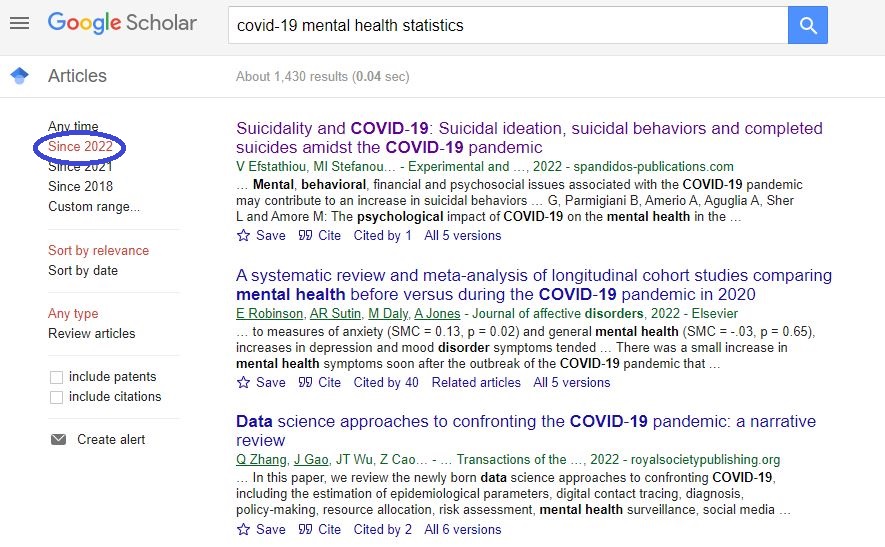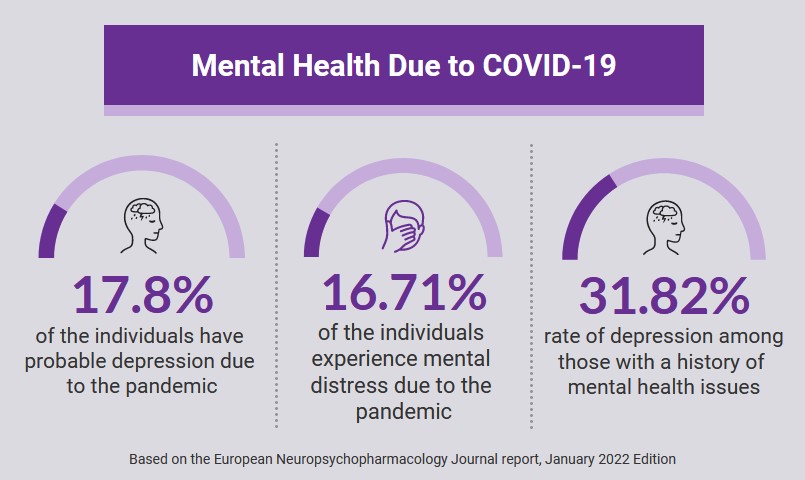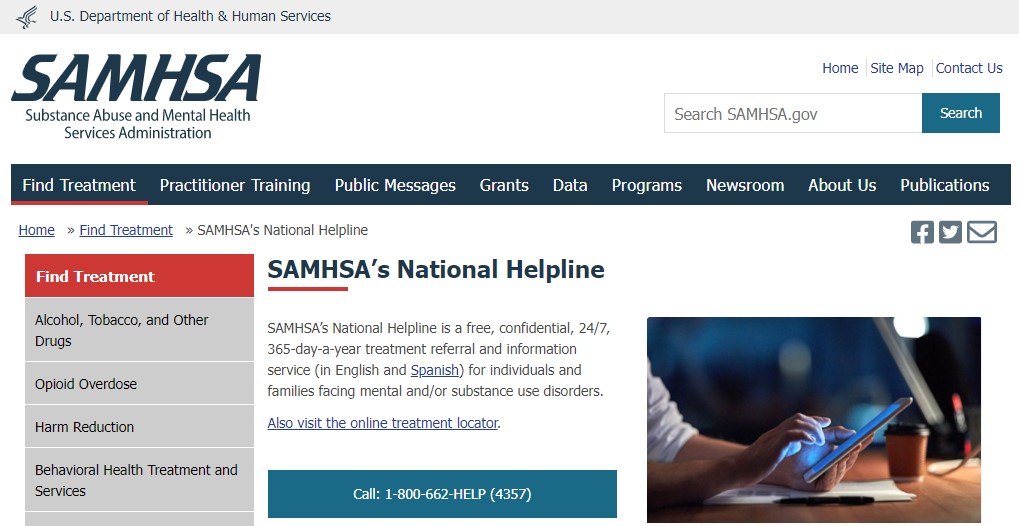
Twenty-five months have passed since COVID-19 first appeared. Actions to reduce transmission such as physical distancing, isolating at home, masking, and decreased socialization have led to increases in stress, depression, and anxiety. We present a sampling of the latest COVID-19 mental health statistics.
Monitoring these statistics can assist in recognizing issues in the population, our community, and ourselves.
First, let’s see where you can find reliable statistics on mental health due to the pandemic.
Highlights:
- You can find reliable COVID-19 mental health statistics from articles in scholar.google.com and cdc.gov.
- We examine the effects of COVID-19 on mental health in the general population, those infected with COVID, and caregivers.
- Many sites provide professional mental health assistance.
COVID-19 mental health statistics: Where are they located?
The Center for Disease Control and Prevention (CDC) collects data and statistics around mental health and mental illness. You can find this information in its public health databases:
As of January 9, 2022, 1,430 Google scholar search results (scholar.google.com) mention COVID-19 mental health statistics, when selecting “Since 2022”.

Here, COVID-19 mental health information exists in:
- Government databases
- International health databases
- Professional medical publications
- Medical and health clinical studies
We’ll take a look at a few highlights from these articles.
COVID-19 mental health effects
Let’s examine the effects of COVID-19 on mental health in the following areas: the general population, those infected with COVID, and caregivers.
General population
Few COVID-19 mental health statistics on large segments of the international population are published. However, the European Neuropsychopharmacology Journal reports in their January 2022 edition the results of a global study on COVID-19 mental health of the general population.
The study examined 55,589 individuals in 40 countries. Here are some of the findings:
- 17.80% of the individuals have probable depression due to the pandemic.
- 16.71% of the individuals experience mental distress due to the pandemic. Typical examples of mental distress include anxiety, sleep disorders, and fatigue.
- Those with a history of mental health issues report rates of 31.82% of depression.

On January 3, 2022, the Journal of Affective Disorders reported 13 studies involving 760,474 participants ages 10-24 years of age. They conclude that there is a decline in mental health with the increased intake of social media news.
On December 2, 2021, the Journal of Experimental and Therapeutic Medicine published an online article on suicide and COVID-19. The article reviews 54 studies from 308,596 individuals, comparing suicide behaviors before and during the pandemic. It reported the following:
- rates of self-harm (intentionally hurting yourself as a coping mechanism) rose 9.63%
- rates of thoughts of suicide increased 10.81%
- rates of suicide attempts increased 4.68%
Those infected with COVID
The Mayo Clinic defines post-traumatic stress disorder (PTSD) as a mental health condition “triggered by a terrifying event, either by experiencing it or witnessing it. Symptoms may include flashbacks, nightmares, and severe anxiety, as well as uncontrollable thoughts about the event.”
The Journal of Affective Disorders reports in their February 2022 issue a study on PTSD among survivors of severe COVID-19 infections. The journal article reviews 13 articles with 1,093 participants and finds that 16% reported PTSD.
The caregivers
The COVID-19 pandemic has impacted the mental health of caregivers. The Archives of Gerontology and Geriatrics on the mental health status of family caregivers located in Japan reports their findings in an article in their January-February 2022 journal. The study includes 25,482 participants, of which 9.8% were informal caregivers. The article reports:
- an increase in loneliness
- an increase in deteriorating mental health
- suicidal thoughts in 15.0% for those providing high-intensity care
- suicidal thoughts in 5.2% for those providing low-intensity care
Comments from the WHO on COVID-19 and mental health
Major health organizations recognize the statistics concerning the effects of the coronavirus on mental health, including the World Health Organization. View this video for comments from Aiysha Malik, a mental health expert at WHO speaking with Sari Setiogi, the head of social media and media monitoring.
Summary
These statistics represent a small sampling of available data on COVID-19 mental health statistics. There are many more related to the pandemic. Search terms associated with mental health and COVID-19 include:
- Insomnia/difficulty falling asleep
- Depression
- Psychological stress
- Anxiety
- Pain
How will you use these COVID-19 mental health statistics?
The COVID-19 mental health statistics constantly change. Therefore, continuous monitoring is needed to identify patterns of importance.
Many sites provide professional mental health assistance. The CDC and the U.S. Department of Health link to a National Hotline that is free of charge, confidential, and available 24 hours a day, seven days a week, and 365 days a year.
Many statistics show successful methods to improve mental health. We will present information and data on these methods in the following post.
Watch our site for updated statistics on COVID-19 mental health.
The information contained in this blog is for educational and informational purposes only and is not intended as health or medical advice. Always consult a physician or other qualified health provider regarding any questions about a medical condition or health objectives.
More from StatsFind





Leave a Reply